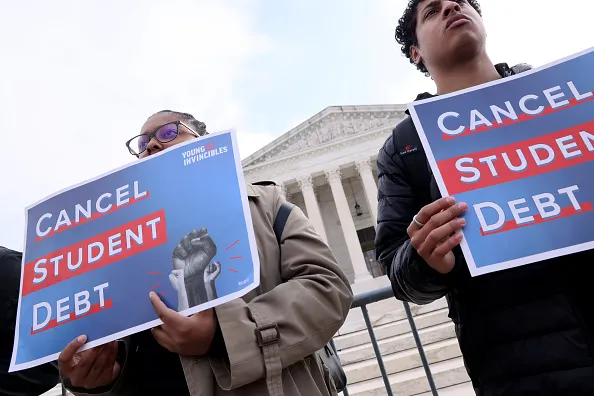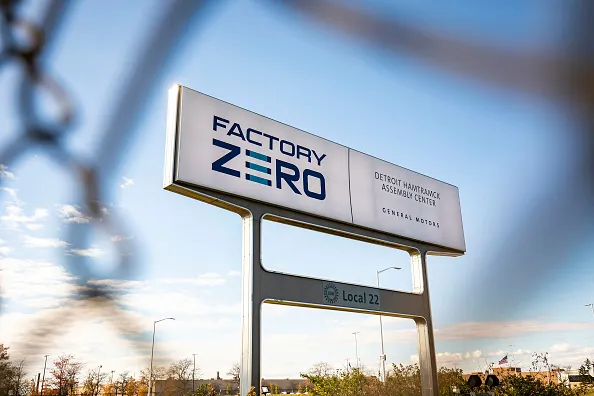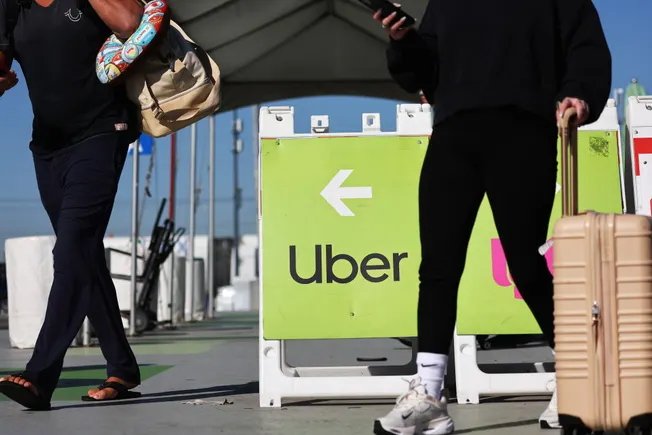Dive Brief:
- Nearly 3 in 4 employees said they would be more likely to stay with their employer if it offered benefits tailored to their personal needs, but what they say they value differs in notable ways from what employers think they do, according to HUB International’s 2025 U.S. Workforce Vitality Gap Index.
- For example, employers are missing the mark on flexibility and work-life balance, the insurance broker and financial services firm’s Aug. 13 report found. In a survey of 1,500 U.S.-based full-time employees, 41% ranked work-life balance and flexibility higher than any other benefit, including salary. Yet only 22% of the 150 HR benefits and finance and operations decision-makers who participated in a separate survey ranked them as workers’ top priority.
- Decision-makers correctly identified financial wellness as a top employee concern affecting productivity, but they may be underestimating its impact. With student debt being the likely culprit, 52% of employees aged 35-44 and 51% of those aged 18-24, reported that financial concerns affected their productivity, the index said.
Dive Insight:
While companies pull “every lever to compete for talent,” making benefit decisions based on an inaccurate view of what their workforce values has a negative impact on retention, productivity and culture, Linda Keller, HUB’s chief operations officer of employee benefits, cautioned in a press release.
Healthcare benefits is one area that needs better alignment, the surveys indicated.
For good reason, healthcare benefits make up a core part of total rewards packages: 41% of workers surveyed said concerns about health affect absenteeism and employee presence at work. But like with employee financial concerns, employers underestimate its impact, especially on younger employees, the report noted.
HUB’s research found that only 20% of employers believe health concerns are a main factor affecting productivity, yet 45% of employees aged 24-35, and 42% of those aged 18-24, reported that it does play a role.
As student debt continues to be a persistent stressor, with employees ranking retirement planning (46%) and personal wealth planning (44%) as their most meaningful financial wellness tool, according to HUB’s findings, some companies are beginning to meet the challenge.
In its 2025 Benefits and Compensation Trends report, published earlier this year, Goldman Sachs Ayco noted that more employers are letting workers convert unused PTO into cash, student loans or 401(k) contributions, although they limit how many hours employees can convert annually.
However, employers that do offer programs directed at addressing worker stress over finances may also have to help employees understand how to use the benefits, a recent report from The Hartford recommends. Three-quarters of HR benefits managers the financial services and insurance company surveyed said the financial benefits they offer often go underutilized.
The HUB report does have some positive news: Employers are on the same wavelength as their workers when it comes to paid vacation and sick leave. According to the surveys, 94% of employers offer the benefit, while 97% of employees said they use it, and 91% said they would use it if offered.






Leave a Reply